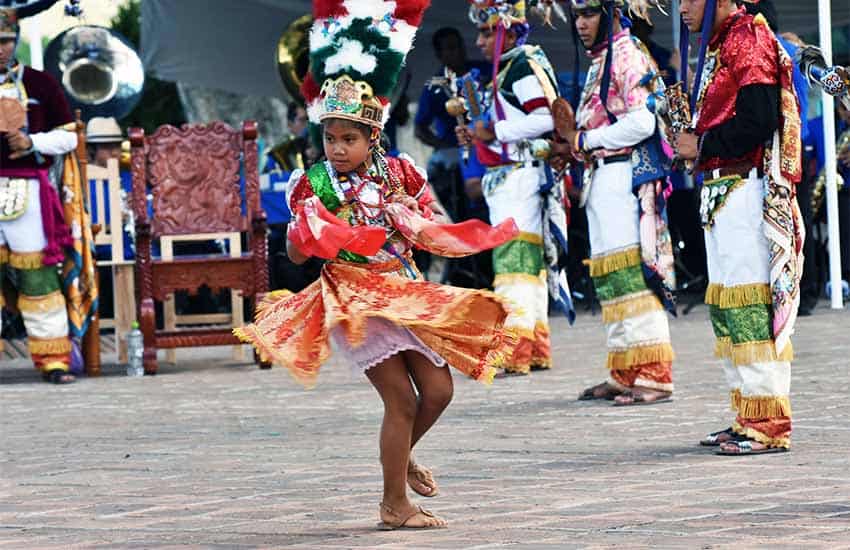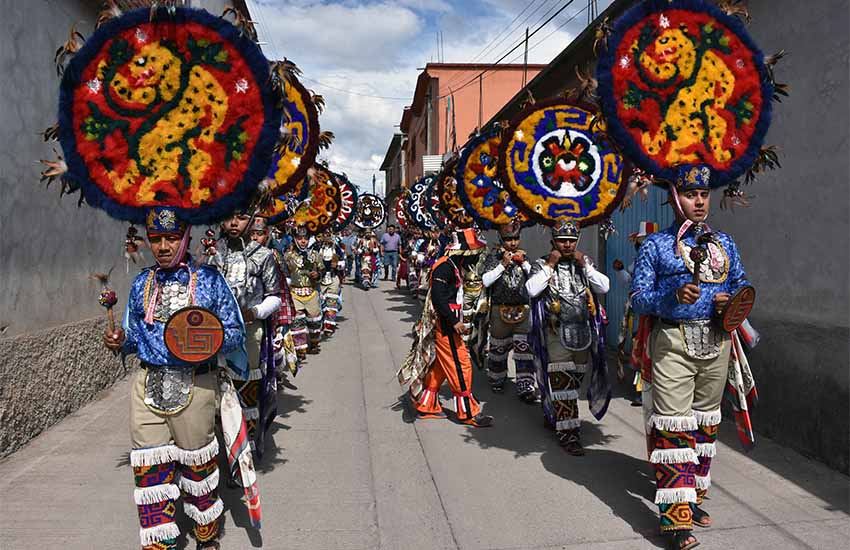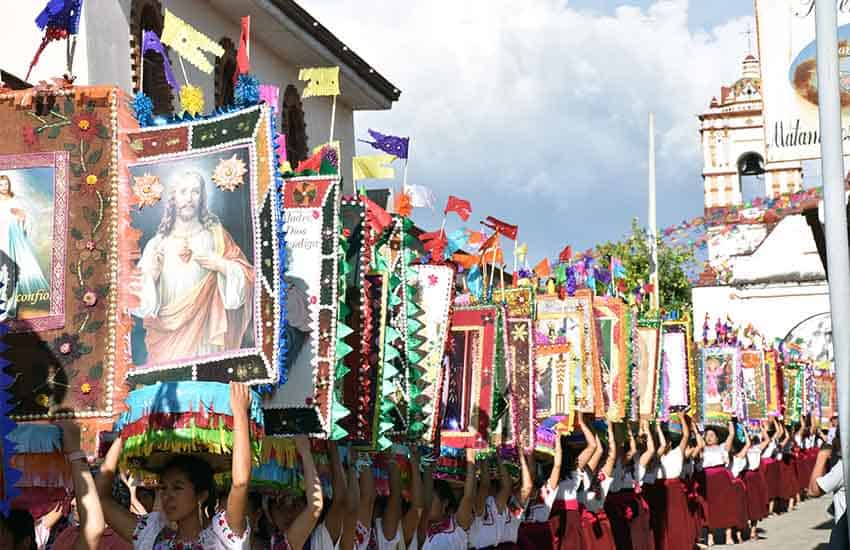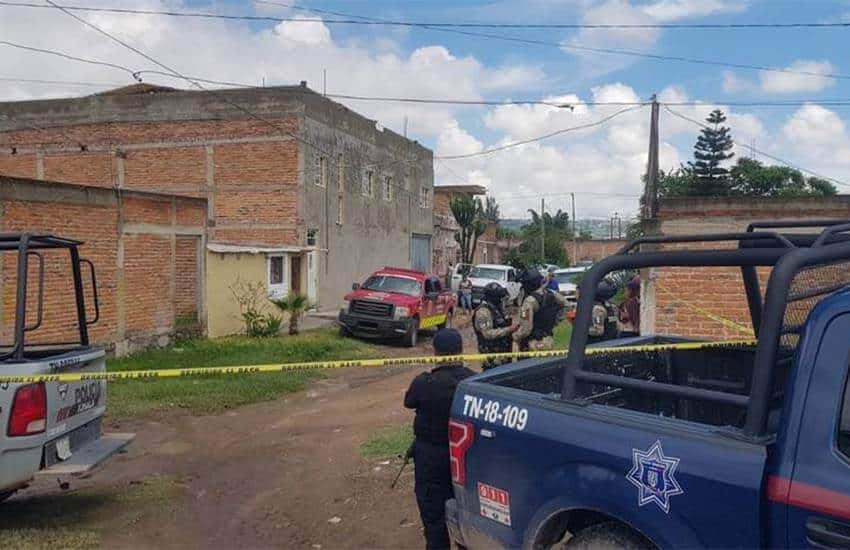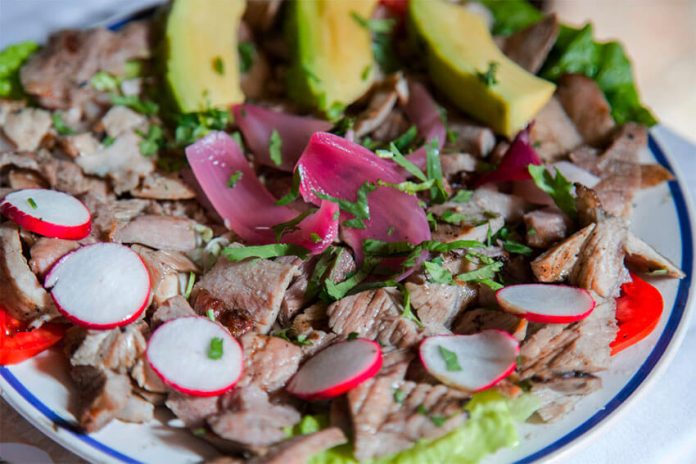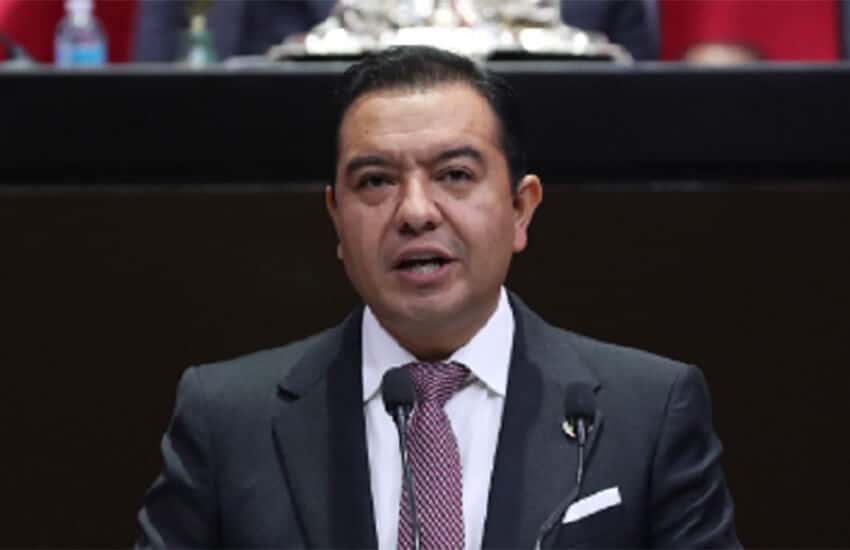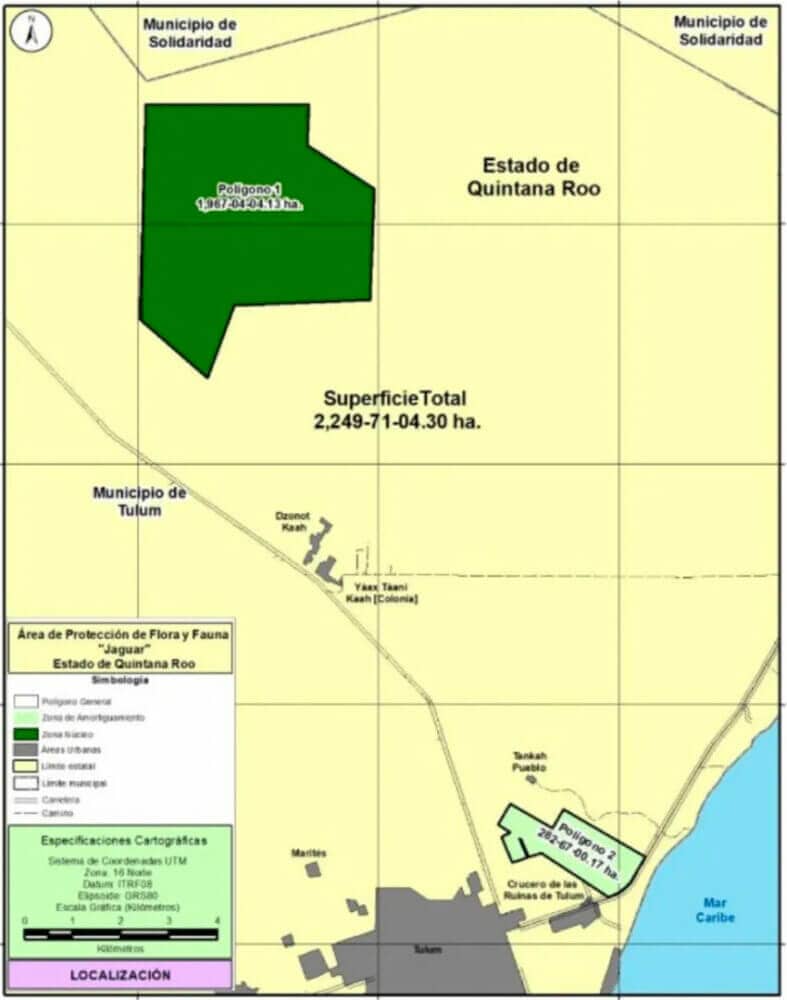Just days after fixing a pothole that appeared on one of its runways, the Mexico City International Airport (AICM) has announced a major repair project for the other that will affect overnight flights until December.
A pothole shut down one of the runways from Sunday evening until it was repaired early Monday morning.
Then came another surprise: after the airport tweeted on Tuesday that its other runway (not the one with the pothole) would be closed for routine maintenance between 11 p.m. and 5:50 a.m. from July 26–31, it announced two days later that the runway was undergoing a major repair project that would keep it shut during those overnight hours until December so that a range of improvements can be carried out.
Estimated to cost some 700 million pesos (US $34.4 million), the project includes the laying of new asphalt, the widening of the runway, the replacement of lighting fixtures that have been in use for over 20 years, the painting of new lines, the relocation of drainage systems and even weeding to “inhibit the presence of fauna that could affect operations.”
“The rehabilitation of the 05L/23R runway allows the correction of its deterioration due to weather conditions and the load it receives from airplanes that operate at AICM,” the statement said, adding that the project will allow operational safety to be maintained.
“So that the work can be carried out, the runway will be closed between the hours of 23:00 and 05:50, during which landing and takeoff demand is lower,” AICM said.
The airport said that preparations for an “executive project” to repair the 05R-23L runway – the one where the pothole appeared – will begin at the end of the year. It highlighted that each runway is subject to a safety inspection once a week.
“This is carried out in daylight in order to visually check the physical conditions of the runways [and] identify necessary repairs,” AICM said.
Carlos Torres, an aviation sector analyst, said it was concerning that AICM didn’t plan and announce the major runway project in advance and thus give airlines the opportunity to alter their schedules.
“There will be more flight delays and cancellations in the summer vacation season [as a result of the project],” he told the newspaper Reforma.
Fernando Gómez, another analyst, also said that the project will affect flights, despite the work being carried out late at night and early in the morning.
“The landing and take-off of planes will be limited,” he said. “In this case, flights in the early hours of the morning will be affected, they’ll have to be rescheduled,” Gómez said, adding that the runway repair project will have an impact on both passenger and freight aircraft.
In addition to the runway work, the federal government intends to carry out repairs to attend to structural damage in both AICM terminal buildings. Earlier this week, the Ministry of Infrastructure, Communications and Transport announced an investment of 46.5 million pesos (US $2.3 million) to carry out a range of projects to strengthen the foundations and superstructures of terminals 1 and 2.
With reports from Reforma

